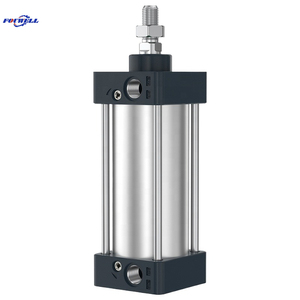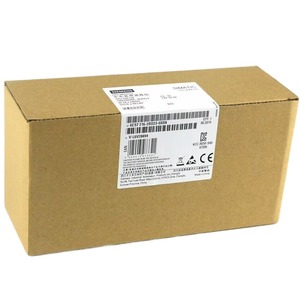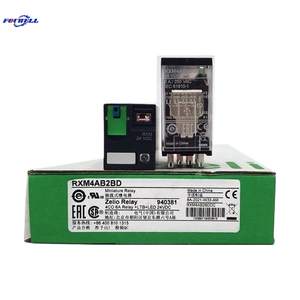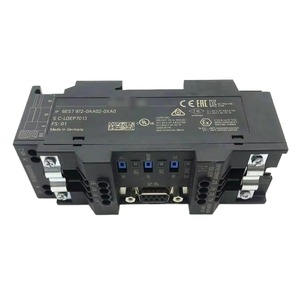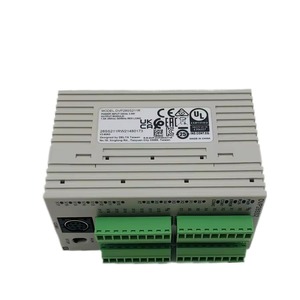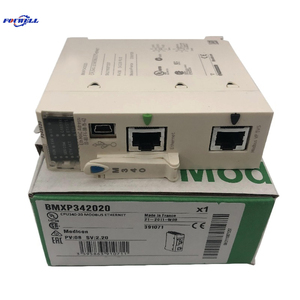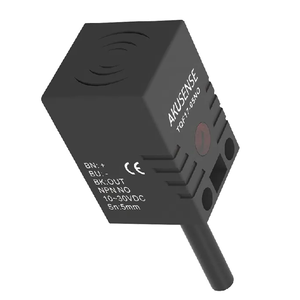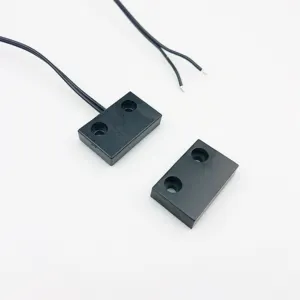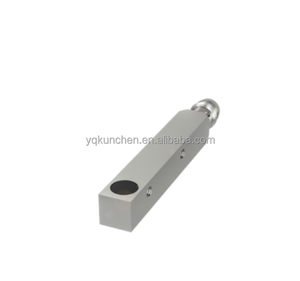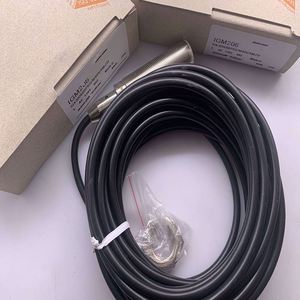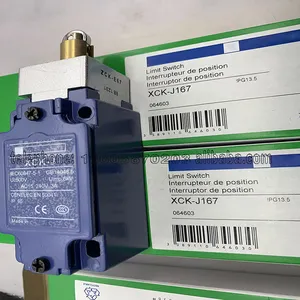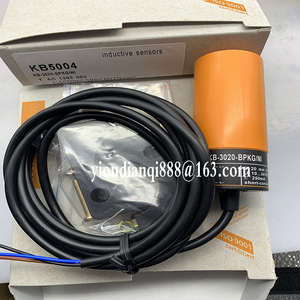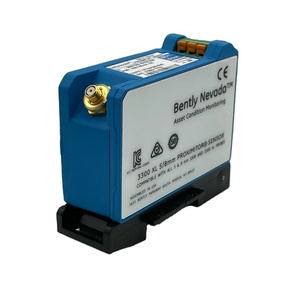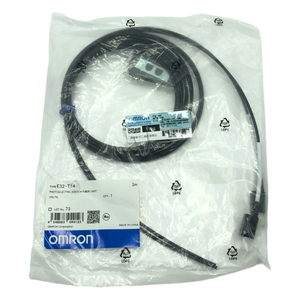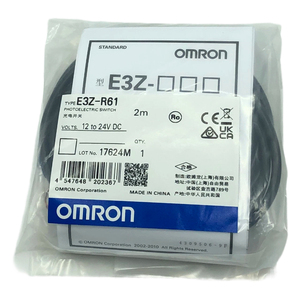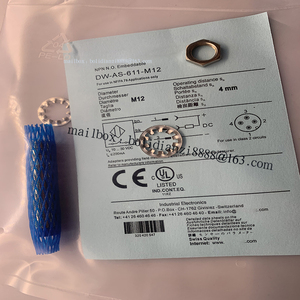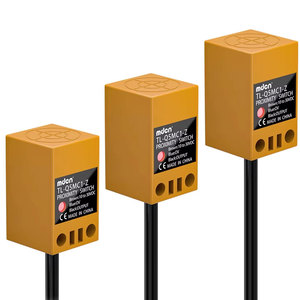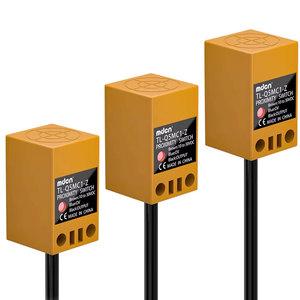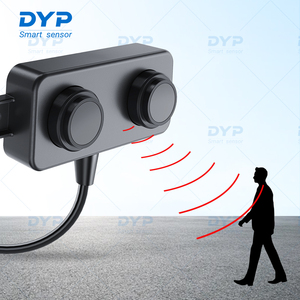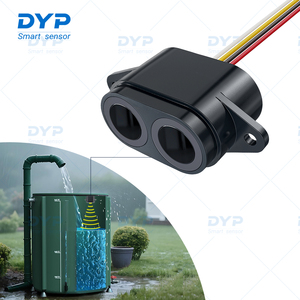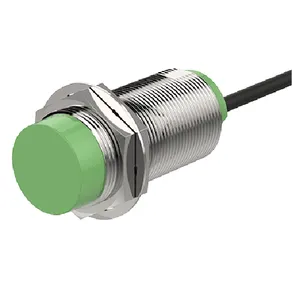Proximity Sensor Supplier



 Top sponsor listing
Top sponsor listing






 1/3
1/3






 1/42
1/42






 1/46
1/46





 1/55
1/55





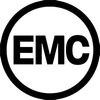


 1/47
1/47






 1/17
1/17









 1/25
1/25

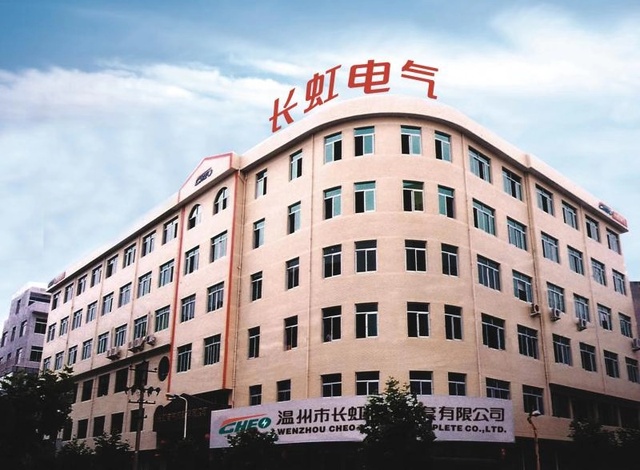


About proximity sensor supplier
Where to Find Proximity Sensor Suppliers?
China remains the dominant hub for proximity sensor manufacturing, with key production clusters in Fujian, Hubei, and Guangdong provinces. These regions host vertically integrated supply chains that support rapid component sourcing, precision machining, and final assembly under one ecosystem. Fuzhou and Shenzhen stand out for their concentration of electronic component specialists, offering scalable production capacity and access to advanced testing infrastructure.
The industrial clusters enable efficient coordination between material suppliers, PCB fabricators, and sensor calibration labs—reducing lead times by 20–30% compared to decentralized manufacturing models. Suppliers in these zones typically operate within ISO-controlled environments and maintain compliance with international standards such as CE and RoHS. Buyers benefit from localized logistics networks that support both small-batch sampling and high-volume export orders, with typical delivery windows ranging from 15–30 days after order confirmation.
How to Choose Proximity Sensor Suppliers?
Selecting reliable partners requires a structured evaluation across technical, operational, and transactional dimensions:
Quality Assurance & Compliance
Verify adherence to internationally recognized quality management systems (e.g., ISO 9001). For integration into regulated industries such as automation or automotive systems, confirm product-level certifications including CE, UL, or RoHS. Request test reports for electromagnetic compatibility (EMC), ingress protection (IP67/IP68), and temperature tolerance to validate performance claims.
Production & Customization Capability
Assess supplier flexibility through the following criteria:
- In-house design and tooling capacity for custom housings, cabling, or output signal configurations
- Minimum order quantity (MOQ) thresholds—ranging from 1 piece for standard sensors to 1,000+ units for OEM pricing
- Lead time consistency for prototypes (typically 7–14 days) and bulk production (2–4 weeks)
- Material traceability and branding options (laser marking, packaging customization)
Cross-reference stated capabilities with verified on-time delivery rates (target ≥95%) and response times (ideally ≤4 hours).
Risk Mitigation & Transaction Security
Prioritize suppliers with documented order fulfillment histories and transparent communication protocols. Utilize secure payment mechanisms where possible, especially for first-time transactions. Conduct sample testing to evaluate build quality, switching accuracy, and durability under simulated operating conditions before scaling procurement.
What Are the Best Proximity Sensor Suppliers?
| Company Name | Main Products | On-Time Delivery | Response Time | Reorder Rate | Online Revenue | Customization | Verified Status |
|---|---|---|---|---|---|---|---|
| Fuzhou Fouwell Technology Co., Ltd. | PLC, HMI, VFD, Power Distribution | 96% | ≤2h | 22% | US $90,000+ | No | Multispecialty Supplier |
| Hubei Yoleeda Mechanical Electrical Co., Ltd. | Optical, Safety, Proximity Sensors | 100% | ≤4h | <15% | US $1,000+ | No | - |
| Shenzhen Qida Electronic Company Ltd. | Capacitive, Inductive, Ultrasonic Sensors | 96% | ≤2h | 24% | US $110,000+ | Yes | Multispecialty Supplier |
| Shenzhen Akusense Technology Co., Ltd. | Ultrasonic, IO-Link, Magnetic Sensors | 89% | ≤4h | 17% | US $60,000+ | Yes | Custom Manufacturer |
| KOLAS ELECTRIC PTE. LTD. | Reed Switches, Inductive Sensors | - | ≤5h | - | - | No | - |
Performance Analysis
Fuzhou Fouwell and Shenzhen Qida demonstrate strong transaction volume and consistent delivery performance, supported by diversified product portfolios and established export activity. Hubei Yoleeda achieves perfect on-time delivery, indicating robust internal scheduling despite lower reorder frequency, which may suggest niche market positioning or newer market entry. Shenzhen Akusense stands out for customization breadth—including color, size, labeling, and graphic design—making it suitable for OEM integrations requiring brand alignment. KOLAS ELECTRIC offers ultra-low-cost reed-type proximity sensors with MOQs starting at 10 pieces, ideal for cost-sensitive applications though limited by incomplete performance metrics.
FAQs
What are common types of proximity sensors available from Chinese suppliers?
Suppliers offer inductive, capacitive, ultrasonic, magnetic (reed), and optical proximity sensors. Inductive types dominate industrial automation use cases, while ultrasonic and capacitive variants serve level detection and non-metallic object sensing. IO-Link-enabled models are increasingly available for smart factory integration.
What is the typical MOQ and pricing range?
MOQs vary significantly: standard sensors often have 1-piece minimums, while customized or bulk orders may require 100–1,000 units. Prices range from $0.44 for basic reed switches to over $170 for high-spec ultrasonic or programmable sensors. Volume discounts are commonly offered beyond 500 units.
Do proximity sensor suppliers support private labeling and OEM design?
Yes, select manufacturers like Shenzhen Akusense and Shenzhen Qida provide full OEM/ODM services, including custom housing, cable length, connector type, signal output, and branding. Lead times for tooling development typically range from 10–20 days depending on complexity.
How long does sample production take?
Standard samples are shipped within 5–7 days. Customized units requiring new molds or circuit adjustments may take 10–15 days. Air freight adds 3–7 days for international delivery.
What quality documentation should buyers request?
Demand product datasheets, CE/RoHS declarations, IP rating test results, and calibration certificates. For mission-critical deployments, request batch-specific inspection reports or third-party lab verification for EMC and environmental resilience.
















